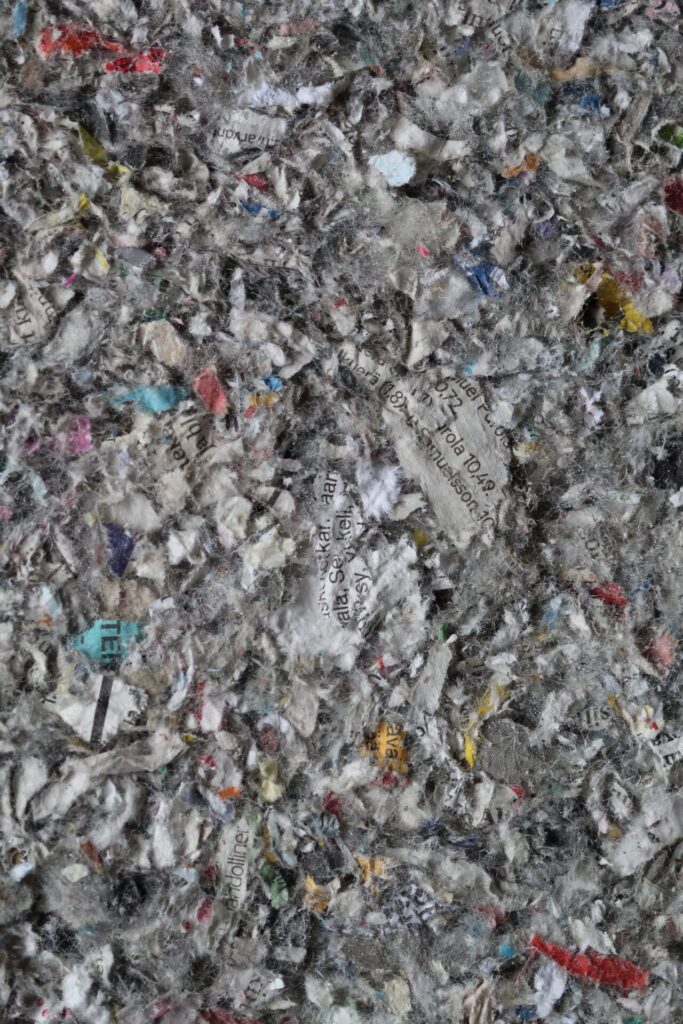Nike’s pursuit of a Zero Carbon and Zero Waste Future through Circular Design


A circular fashion system reimagines the conventional ‘take, make, dispose’ fashion model which is characterised by excessive overproduction, underutilisation, and poor disposal. The linear model is not only harmful for the environment but also destroys value.
According to the Ellen MacArthur Foundation, while clothing production doubled between 2000 and 2015, utilisation decreased by 36 per cent during the same period.Today, fashion brands are increasingly exploring circular business models. The industry must move to a circular model which is characterised by three principles, as outlined by the Ellen MacArthur Foundation: Eliminating waste and pollution, circulating products and materials and regenerating nature.
Athletic apparel company; Nike embraces a clear vision of the future: zero carbon and zero waste. Ambitious targets and tangible actions are bringing this vision to life and circular design and circular business models are central to achieving this. Nike is focused upon creating a circular future through innovation and collaboration, based on bold, science-based targets. Through this Nike engages actors along the value cycle and customers alike.
Nike’s vision of circularity calls for regenerative systems where waste is the source for new materials and virgin materials are no longer needed. Already, Nike product teams have adopted circular design principles as a creative accelerant to reinvent apparel and footwear design. Looking beyond product design, Nike are also reimagining every aspect of its business — how a product is sourced, made, used, returned, reused and ultimately revived as something new—through a circularity lens.
Teams and suppliers across Nike are re-thinking materials, which are responsible for 70% of its carbon footprint, and proving that performance gear, like the Mercurial Next Nature, can be made with recycled materials. Insights gathered are used to quickly scale use of recycled materials throughout product lines. For example, in FY21, Nike apparel and footwear increased use of recycled polyester to 38%.
Moreover, more efficient patterning and molds are used at Nike in order to design out waste before a product even hits the shelf. In FY21, this effort led to a 30% reduction in midsole defect waste, preventing more than 2.4 million kg of waste and 9.4 million kg of carbon emissions. Furthermore, across manufacturing, teams are collaborating with suppliers to create new methods for sorting, processing and recycling manufacturing waste. In FY21, 99.7% of waste from Nike’s strategic finished goods suppliers was diverted from landfill of which included diverting 100% of the waste from footwear manufacturing.
Around the world, Nike is scaling circular business innovations and piloting new programmes that help extend the life of footwear and apparel before recycling it for a new start.
As just one example, since 1992, Nike has been recycling manufacturing scrap and end-of-life footwear into ‘Nike Grind’. Nike Grind material is used to form new Nike products such as soles and outsoles as well as playgrounds, running tracks .
The GFA Monitor outlines how crucial it is to ensure a just transition from linear to circular practices for all actors in the fashion value cycle, with specific attention paid towards marginalised and disenfranchised groups.
Over 90% of Nike footwear and branded apparel is made by factory groups that Nike has worked with for over 15 years. These long-term relationships are a firm foundation for collaborating and innovating to build a circular future and improve supplier practices. Already, through these partnerships, suppliers have embraced new standards for recycling and routinely create fresh approaches to solve recycling challenges.
There are many challenges to designing for circularity and building strong take-back services and a circular economy. But Nike is committed and sees innovation, testing, learning, sharing and scaling to break down the barriers of today as well as those that lie ahead as its role and responsibility. These tenacious actions, backed by science-based targets, and accelerated pace are getting Nike closer to achieving its 2025 Impact goals and creating a better future where the planet and people thrive.

In order to successfully implement effective waste stream structures across their supply chain, and ensure circular value is captured in manufacturing countries, BESTSELLER joined GFA’s Circular Fashion Partnership in Bangladesh.